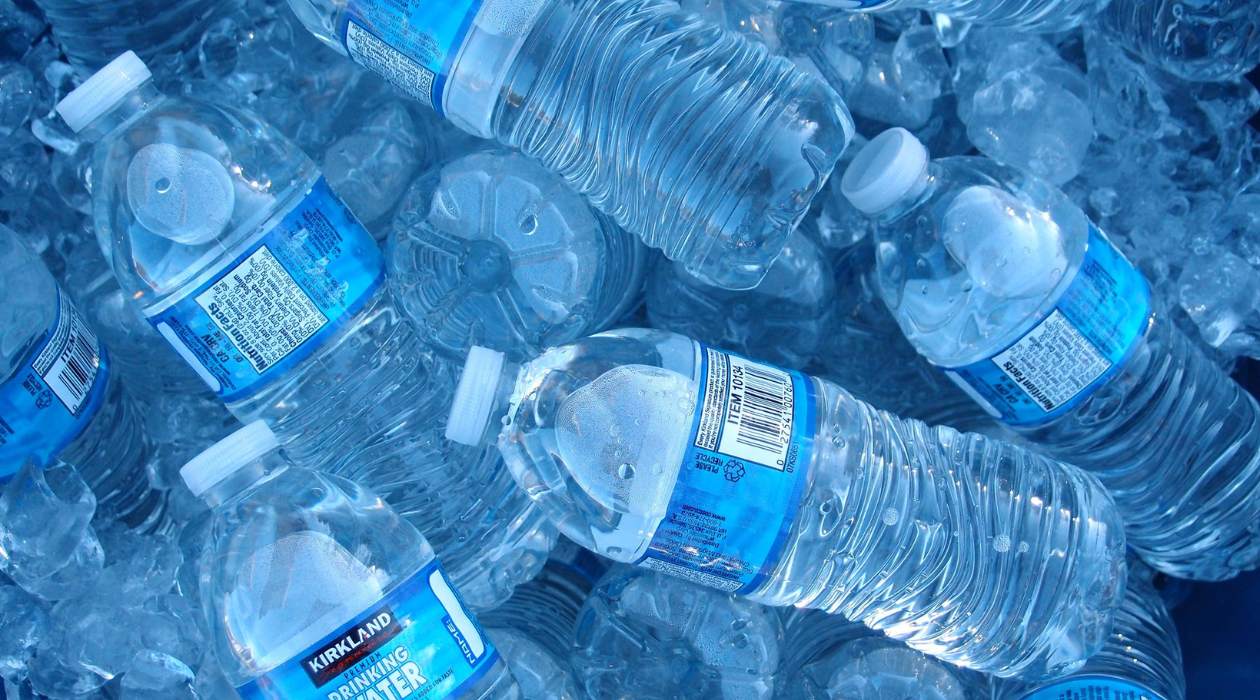

Articles
How To Store Plastic Water Bottles
Modified: December 7, 2023
Learn effective ways to store plastic water bottles and keep them organized with these helpful articles.
(Many of the links in this article redirect to a specific reviewed product. Your purchase of these products through affiliate links helps to generate commission for Storables.com, at no extra cost. Learn more)
Introduction
Plastic water bottles have become an essential part of our modern lives. They provide a convenient way to stay hydrated on the go, whether at work, school, or during outdoor activities. However, many people may underestimate the importance of properly storing plastic water bottles. Storing them incorrectly can not only affect the taste and quality of the water but may also pose health risks.
In this article, we will explore the significance of storing plastic water bottles correctly and provide practical tips on how to ensure their longevity and safety. From selecting the right storage location to cleaning and organizing, we will cover all the essential steps to help you maintain the freshness and integrity of your plastic water bottles.
So, let’s dive in and discover the proper way to store plastic water bottles!
Key Takeaways:
- Properly storing plastic water bottles is crucial for maintaining water quality, taste, and safety. Select the right storage location, clean and dry bottles effectively, and avoid common mistakes to ensure optimal condition.
- Organize plastic water bottles efficiently to maximize space and accessibility. Use dedicated storage containers, label or color-code bottles, and rotate them regularly for optimal use and hygiene.
Read more: How To Store Water Bottles
Importance of Properly Storing Plastic Water Bottles
Properly storing plastic water bottles is essential for several reasons. First and foremost, it helps to maintain the quality and taste of the water inside. When stored incorrectly, plastic water bottles can be exposed to various external factors, such as heat, sunlight, and contaminants, which can lead to degradation of the plastic and affect the taste of the water.
Furthermore, storing plastic water bottles correctly can also help to prevent the growth of harmful bacteria or other microbes. When exposed to moisture or left in warm environments, bacteria can thrive and multiply, potentially causing health issues if consumed.
In addition to taste and health concerns, proper storage can also extend the lifespan of your plastic water bottles. By minimizing exposure to damaging elements, you can prevent premature wear and tear, such as cracks or leaks, which can render the bottles useless and contribute to unnecessary waste.
Another important factor to consider is the environmental impact of plastic waste. By storing plastic water bottles properly, you can reduce the need for frequent replacements and contribute to a more sustainable lifestyle.
Overall, properly storing plastic water bottles is crucial for preserving the quality, taste, and safety of the water they hold, as well as minimizing waste and promoting environmental sustainability.
Selecting the Right Storage Location
Choosing the right storage location for your plastic water bottles is an important step in ensuring their longevity and maintaining the quality of the water inside. Here are some factors to consider when selecting the ideal storage spot:
- Avoid direct sunlight: Exposure to sunlight can accelerate the degradation of plastic and impact the taste of the water. Therefore, it is best to store your water bottles in a cool and shaded area, away from direct sunlight.
- Maintain a moderate temperature: Extreme temperatures can also affect the integrity of the plastic and the quality of the water. Avoid storing plastic water bottles in places that are excessively hot or cold, such as near heaters or in freezing environments.
- Keep away from chemicals: It’s important to store your plastic water bottles away from any chemicals or cleaning agents that could potentially contaminate the water. Ensure that the storage area is clean and free from any potentially harmful substances.
- Consider the convenience: Choose a storage location that is easily accessible and convenient for regular use. This will encourage you to drink more water and stay hydrated throughout the day.
- Opt for a dry area: Moisture can create an ideal environment for the growth of bacteria or mold, which can contaminate the water and pose health risks. Therefore, it is advisable to select a dry area for storing your plastic water bottles.
- Separate from cleaning products: If you store your plastic water bottles in a cabinet or pantry, make sure to separate them from cleaning products or any other items that may release strong odors. Chemical residues or strong odors can permeate the plastic and affect the taste and quality of the water.
By considering these factors and selecting an appropriate storage location, you can ensure that your plastic water bottles remain in optimal condition, allowing you to enjoy fresh and clean drinking water whenever you need it.
Cleaning and Drying Plastic Water Bottles
Proper cleaning and drying of plastic water bottles are crucial to maintain their hygiene and prevent the growth of bacteria or mold. Here are some steps to follow for effective cleaning and drying:
- Use warm, soapy water: Start by rinsing the plastic water bottle with warm water. Then, add a few drops of mild dish soap to the bottle and fill it with warm water. Scrub the inside of the bottle using a bottle brush or a long-handled sponge to remove any residue or buildup.
- Pay attention to the cap and mouthpiece: Don’t forget to clean the cap and mouthpiece of the bottle. Use a small brush or toothbrush to clean these parts thoroughly, as they often come into contact with your mouth and can harbor bacteria.
- Rinse thoroughly: After cleaning, rinse the bottle and all its parts with clean water to remove any soap residue.
- Air dry completely: Once rinsed, allow the plastic water bottle to air dry completely before storing it. Placing the bottle upside down on a drying rack or dish rack can help facilitate the drying process. Avoid using a towel to dry the bottle, as it may leave behind lint or moisture.
- Periodically sanitize: While regular cleaning is essential, it’s also a good practice to sanitize your plastic water bottles periodically. You can do this by filling the bottle with a mixture of water and a teaspoon of bleach, allowing it to sit for a few minutes, and then thoroughly rinsing it with clean water.
- Inspect for signs of wear: During the cleaning process, take the opportunity to inspect the plastic water bottle for any signs of wear or damage. Look for cracks, leaks, or discoloration. If you notice any issues, it may be time to replace the bottle.
By following these cleaning and drying practices, you can maintain the cleanliness of your plastic water bottles, ensuring the safety and quality of the water you consume.
Store plastic water bottles in a cool, dry place away from direct sunlight to prevent the plastic from degrading and leaching chemicals into the water. Avoid storing them near strong-smelling items as plastic can absorb odors.
Organizing Plastic Water Bottles
Proper organization of plastic water bottles not only helps to maximize storage space but also makes it easier to access and rotate them for optimal use. Here are some tips for effectively organizing your plastic water bottles:
- Use a dedicated storage container: Consider investing in a storage container specifically designed for organizing water bottles. These containers often have slots or compartments that can securely hold each bottle in place, preventing them from falling or rolling around.
- Stackable bins or crates: If you prefer a more flexible organization solution, stackable bins or crates can be a great option. These allow you to easily stack and store multiple water bottles, saving valuable space.
- Label or color-code: If you have multiple people using plastic water bottles in your household, labeling or color-coding them can help avoid confusion and ensure that each person knows which bottle is theirs.
- Arrange by size or type: If you have different sizes or types of water bottles, consider arranging them by size or type. This can make it easier to grab the bottle you need without having to search through a jumble of bottles.
- Rotate regularly: To ensure that all your plastic water bottles are being used and no bottles are left unused for extended periods, make a habit of rotating them regularly. Use the “first in, first out” principle, where you place newly acquired bottles at the back and reach for the ones in the front first.
- Keep a separate area for clean and used bottles: To avoid confusion between clean and used bottles, designate separate areas for each. This will help maintain hygiene and prevent mistakenly using a bottle that has not been properly cleaned or sanitized.
By implementing these organizing strategies, you can keep your plastic water bottles neatly arranged, easily accessible, and ready for use whenever you need them.
Read more: How To Store Bottled Water
Avoiding Common Mistakes in Storing Plastic Water Bottles
While storing plastic water bottles may seem simple, there are some common mistakes that people often make. By being aware of these mistakes and taking the necessary precautions, you can ensure the longevity and safety of your plastic water bottles. Here are some common mistakes to avoid:
- Freezing plastic water bottles: It is not recommended to freeze plastic water bottles as they can expand and potentially crack or leak. If you want to enjoy chilled water, it is better to place the bottle in the refrigerator rather than the freezer.
- Using harsh cleaning chemicals: Avoid using harsh cleaning chemicals or bleach directly on plastic water bottles, as they can damage the plastic and affect the quality of the water. Stick to mild dish soap or specialized bottle cleaning solutions.
- Not properly drying the bottles: Failing to thoroughly dry the bottles after cleaning can promote the growth of bacteria or mold. Always make sure the bottles are completely dry before storing them.
- Storing bottles in hot places: Heat can cause plastic to degrade and release harmful chemicals into the water. Avoid storing plastic water bottles in hot places like the trunk of a car or near a heater.
- Reusing disposable water bottles: Disposable water bottles are not designed for repeated use. It is best to invest in reusable plastic water bottles that are specifically designed to withstand multiple uses.
- Ignoring expiration dates: Some plastic water bottles come with expiration dates, especially those that have been treated with added minerals or flavorings. It is important to pay attention to these dates and discard any expired bottles.
- Leaving bottles in direct sunlight: Sunlight can degrade the plastic and affect the taste of the water. Always store your plastic water bottles in a cool, shaded area, away from direct sunlight.
By avoiding these common mistakes and following the proper storage guidelines, you can ensure that your plastic water bottles remain safe, clean, and ready to use whenever you need them.
Conclusion
Properly storing plastic water bottles is essential for maintaining their quality, taste, and safety. By selecting the right storage location, cleaning and drying bottles effectively, organizing them efficiently, and avoiding common mistakes, you can ensure that your plastic water bottles remain in optimal condition.
Choose a storage location that is away from direct sunlight, maintains a moderate temperature, and is free from chemicals. Keep the bottles in a dry area and separate them from cleaning products or other items with strong odors. Additionally, regularly clean and sanitize the bottles, paying attention to the caps and mouthpieces.
When organizing, consider using dedicated storage containers, stackable bins, or crates to maximize space and minimize clutter. Label or color-code the bottles to avoid confusion, and rotate them regularly to prevent some bottles from being unused for an extended period.
Avoid common mistakes like freezing plastic water bottles, using harsh cleaning chemicals, not properly drying the bottles, storing them in hot places, reusing disposable water bottles, ignoring expiration dates, and leaving them in direct sunlight.
In conclusion, by following these guidelines, you can ensure that your plastic water bottles remain fresh, clean, and safe to use. Proper storage not only enhances the taste and quality of the water but also contributes to a more sustainable lifestyle by reducing waste and promoting environmental conservation.
So, take the necessary steps to store your plastic water bottles correctly and enjoy refreshing, clean water whenever you need it!
Frequently Asked Questions about How To Store Plastic Water Bottles
Was this page helpful?
At Storables.com, we guarantee accurate and reliable information. Our content, validated by Expert Board Contributors, is crafted following stringent Editorial Policies. We're committed to providing you with well-researched, expert-backed insights for all your informational needs.
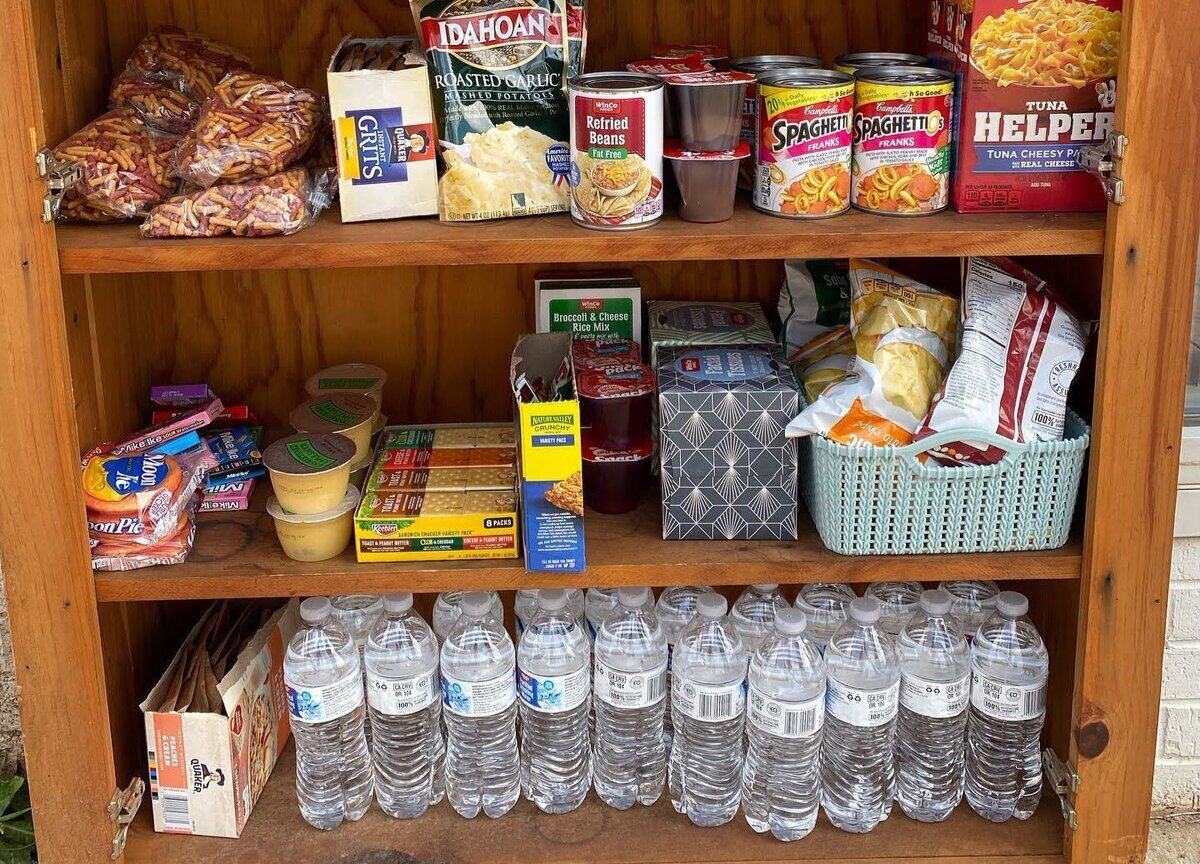
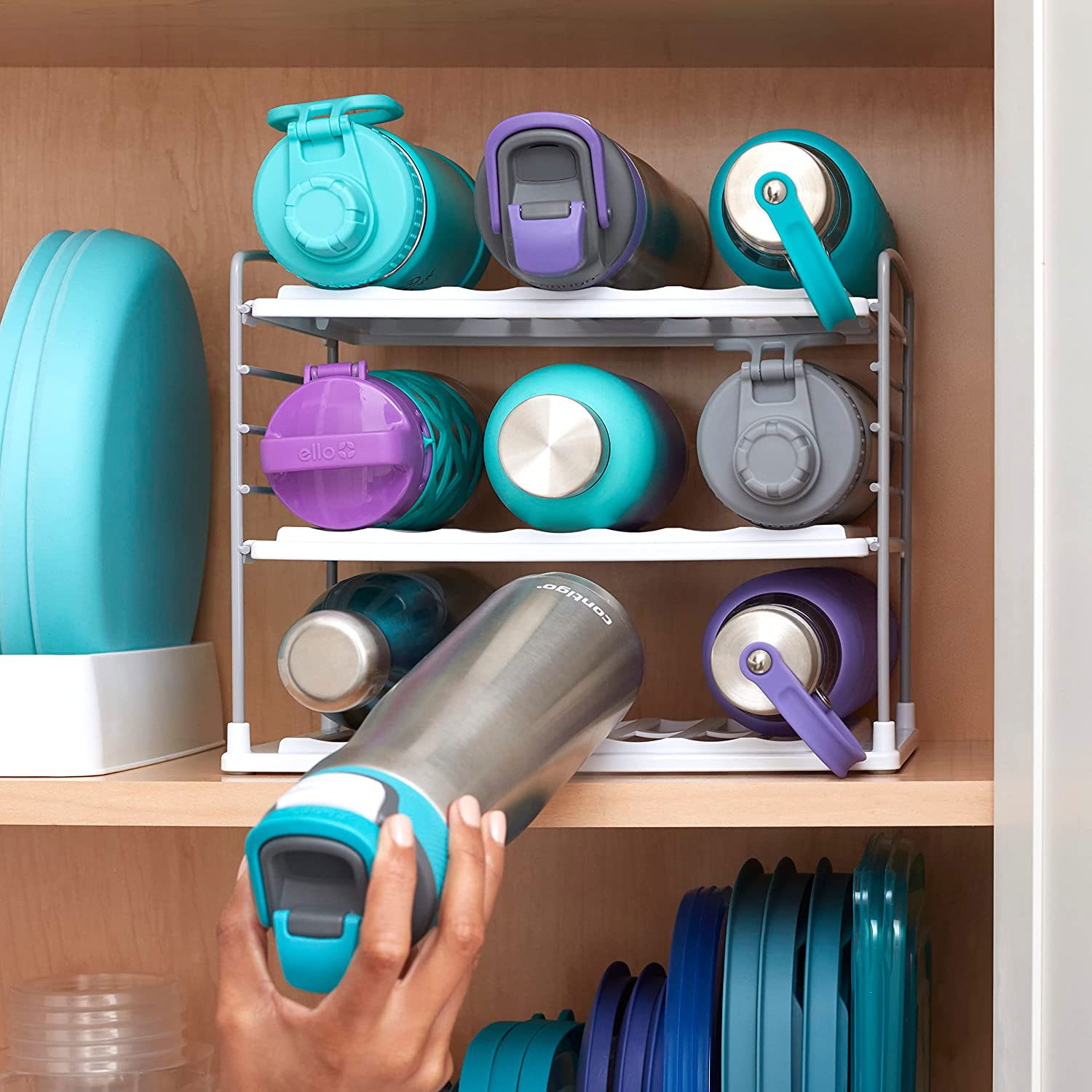
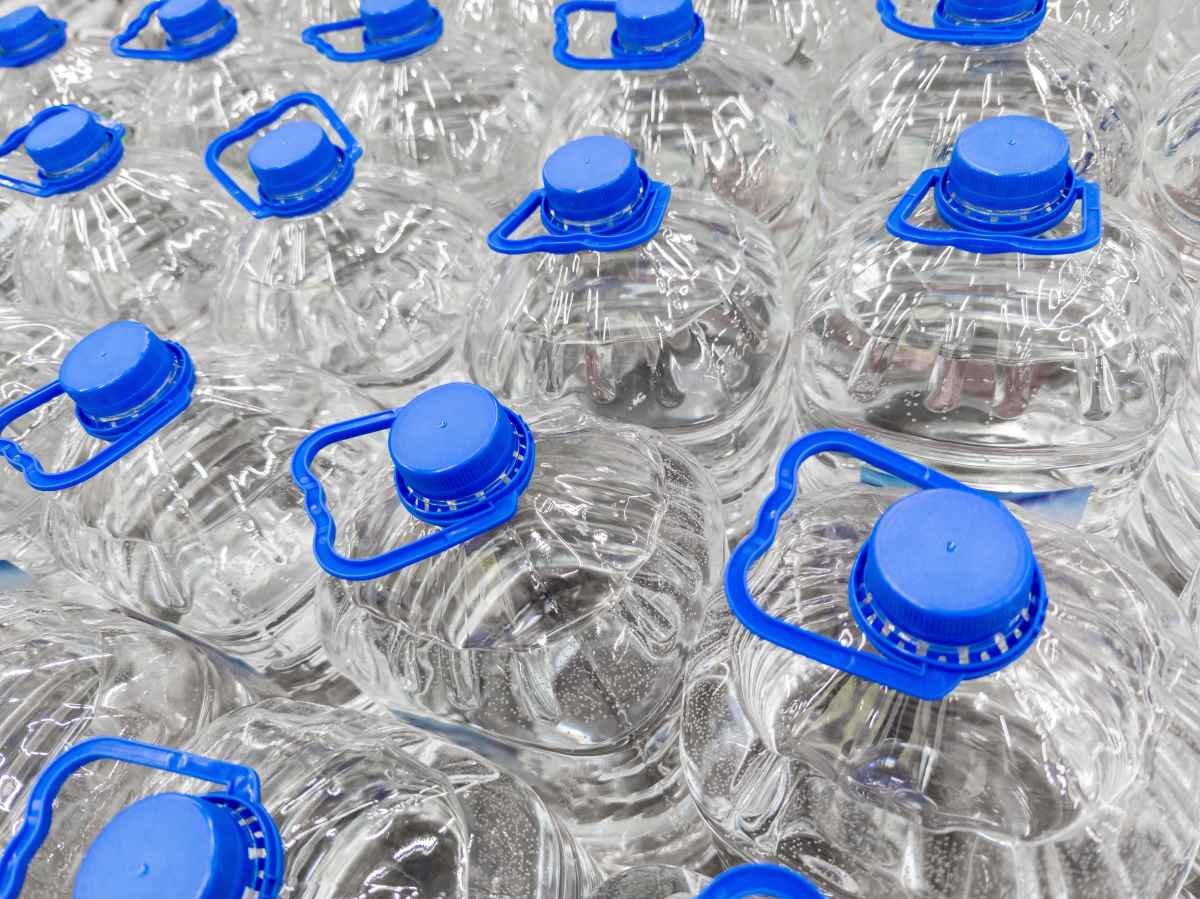
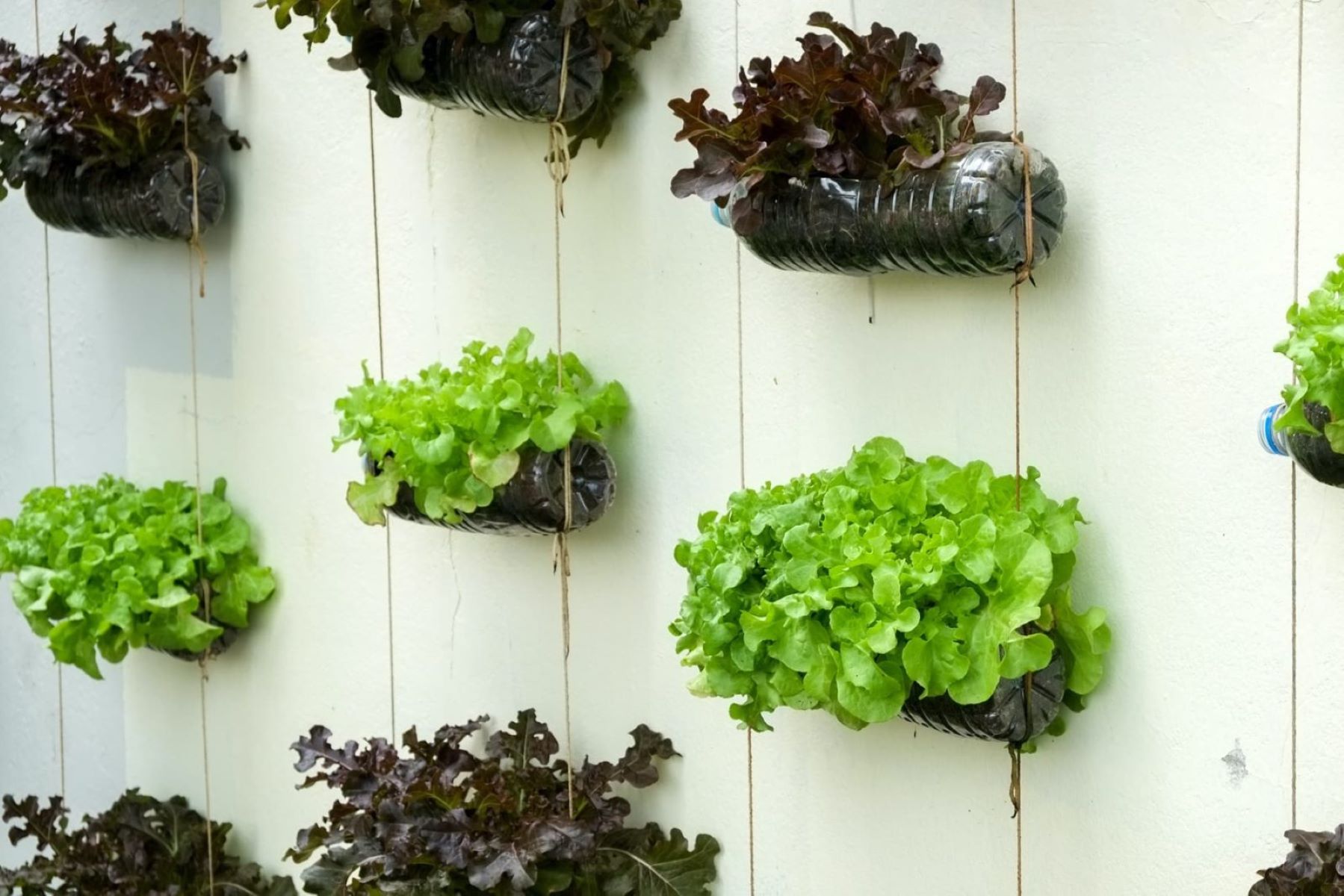
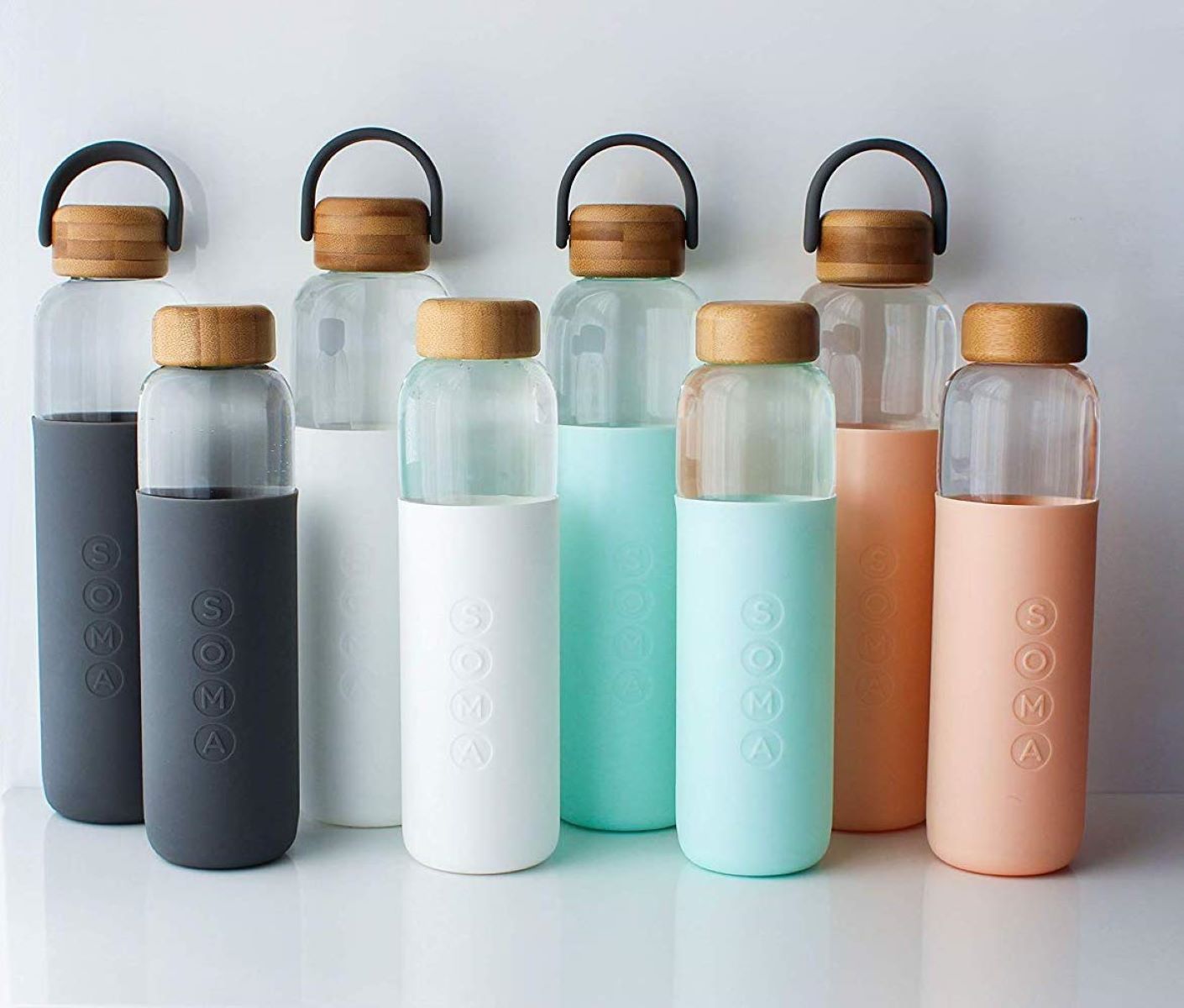
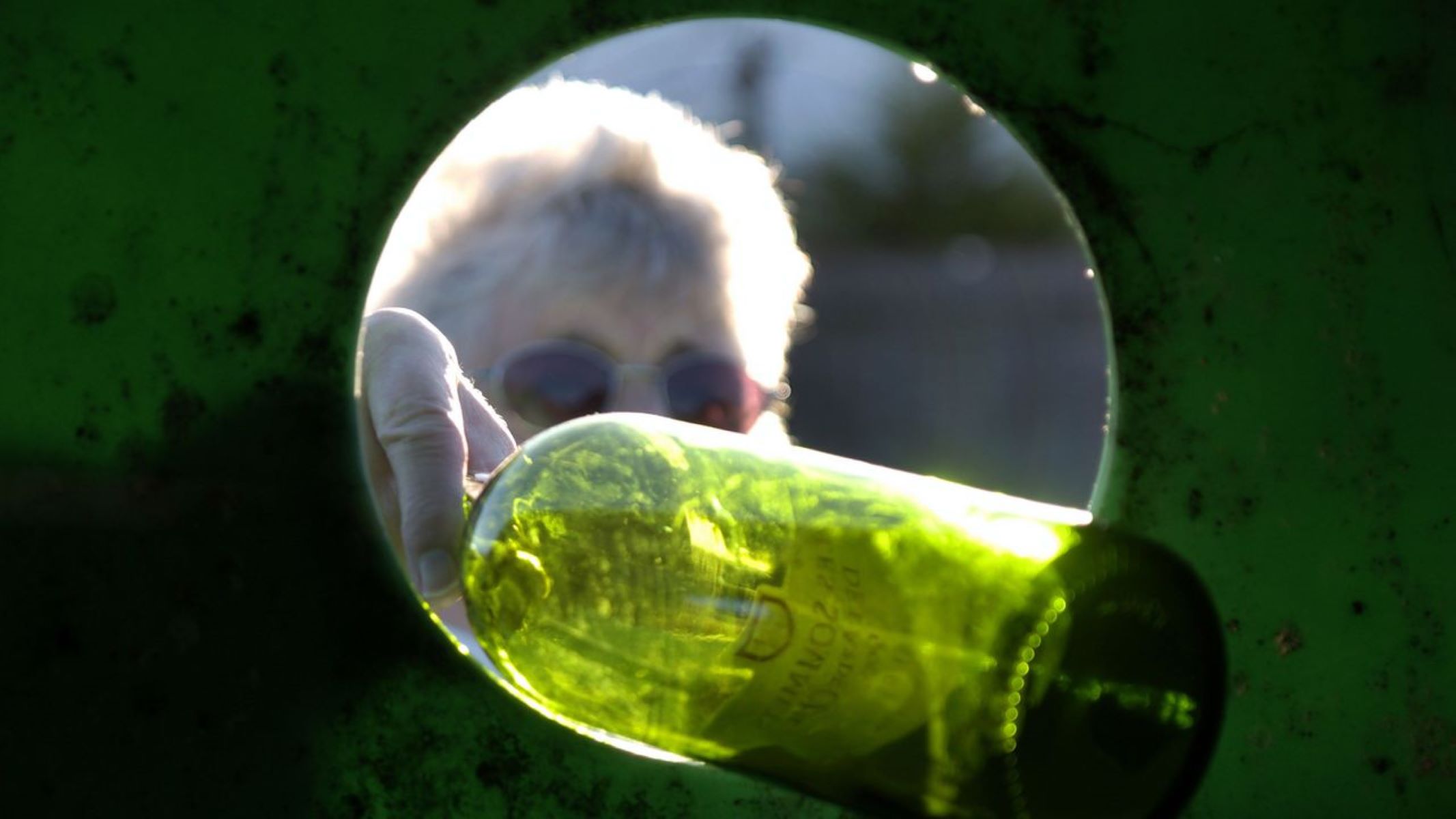
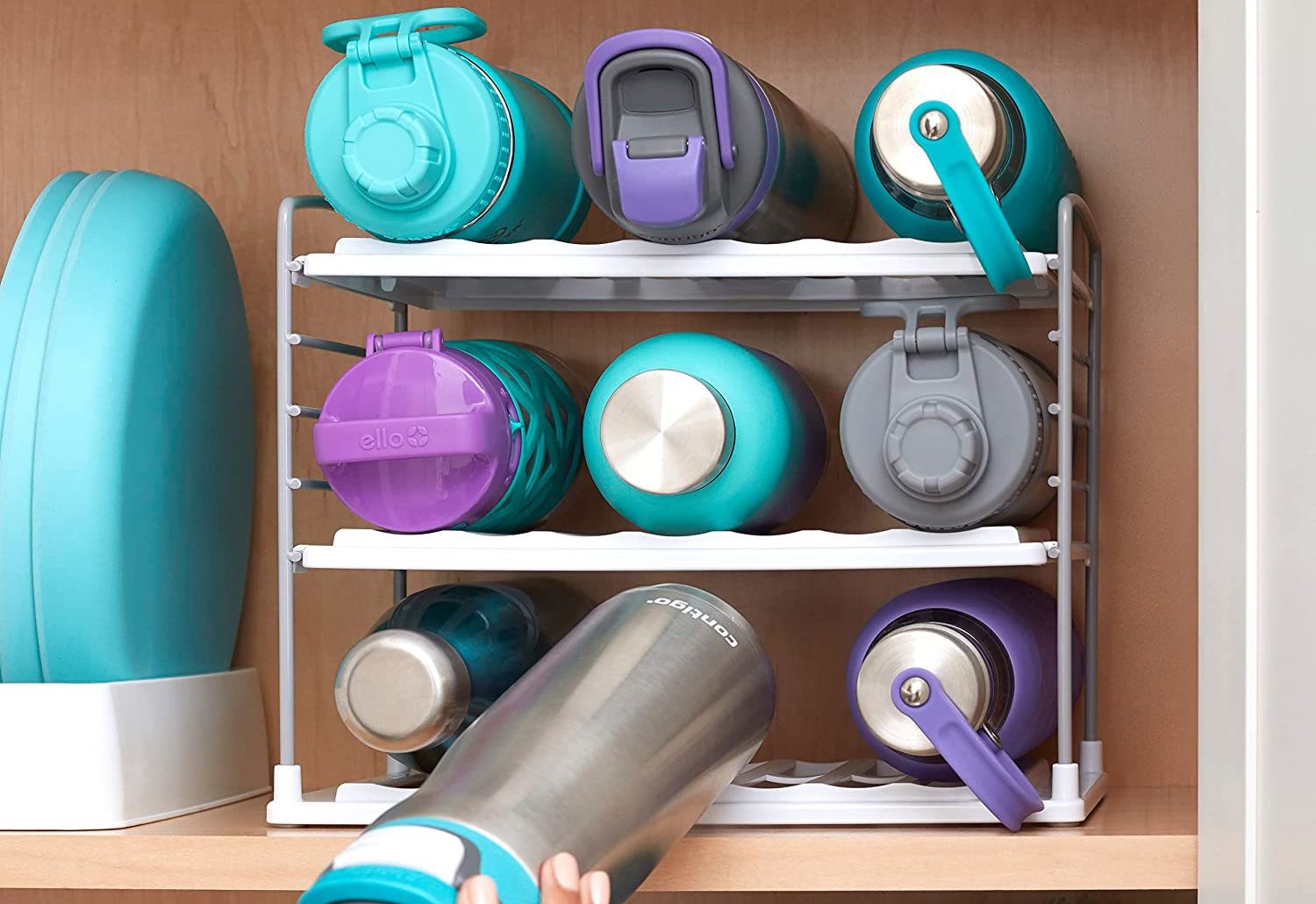
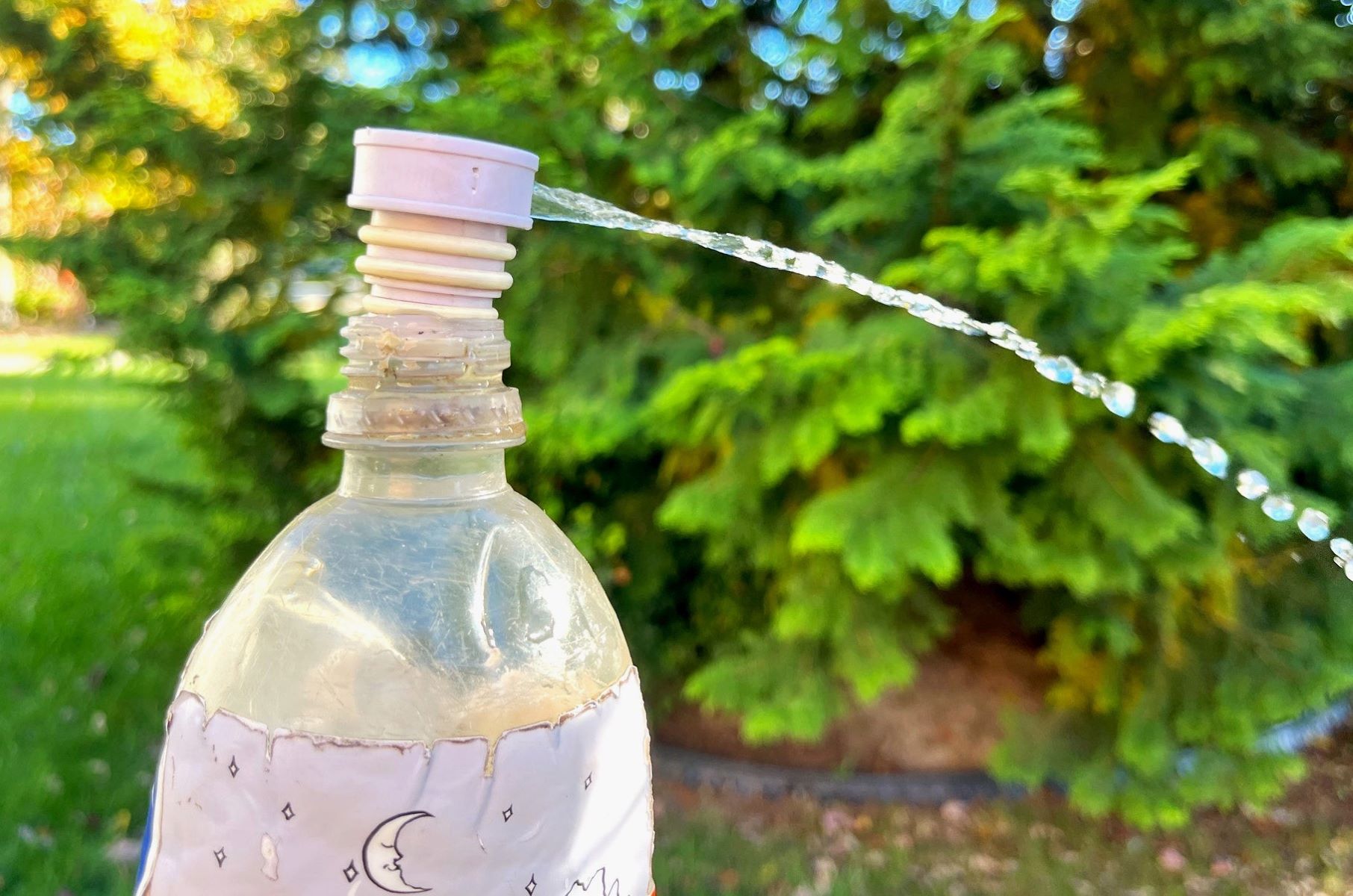
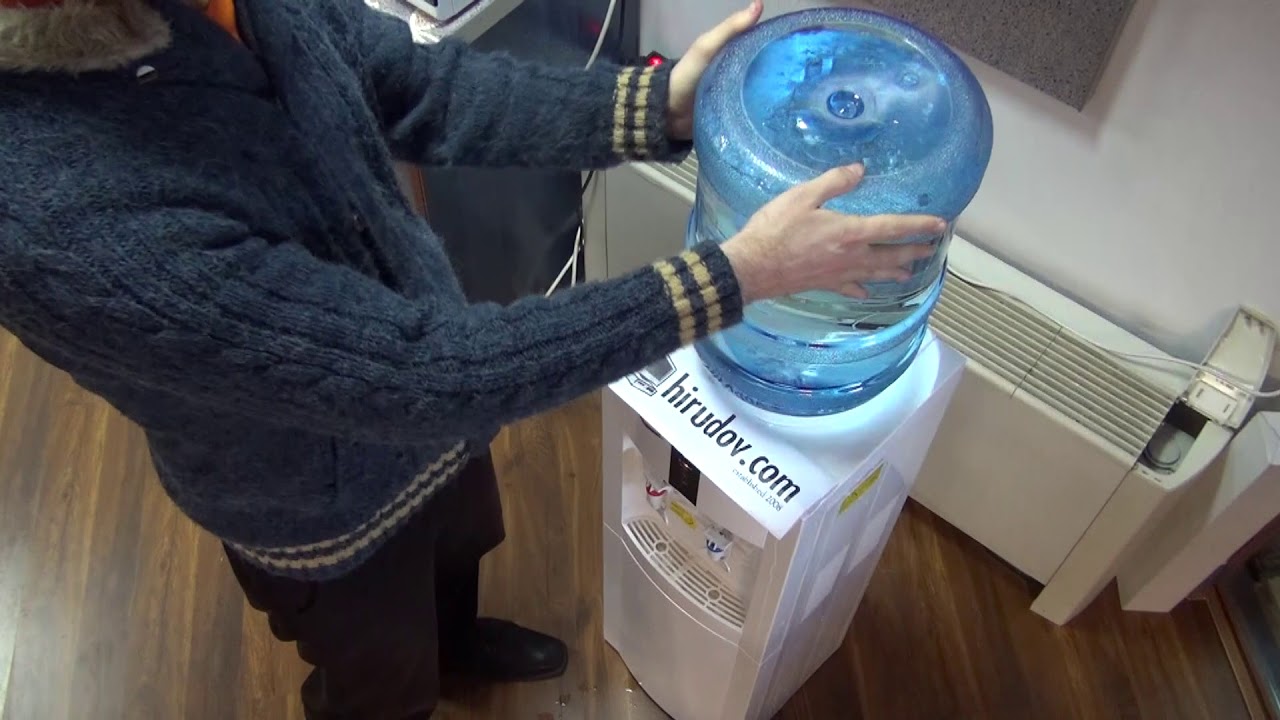
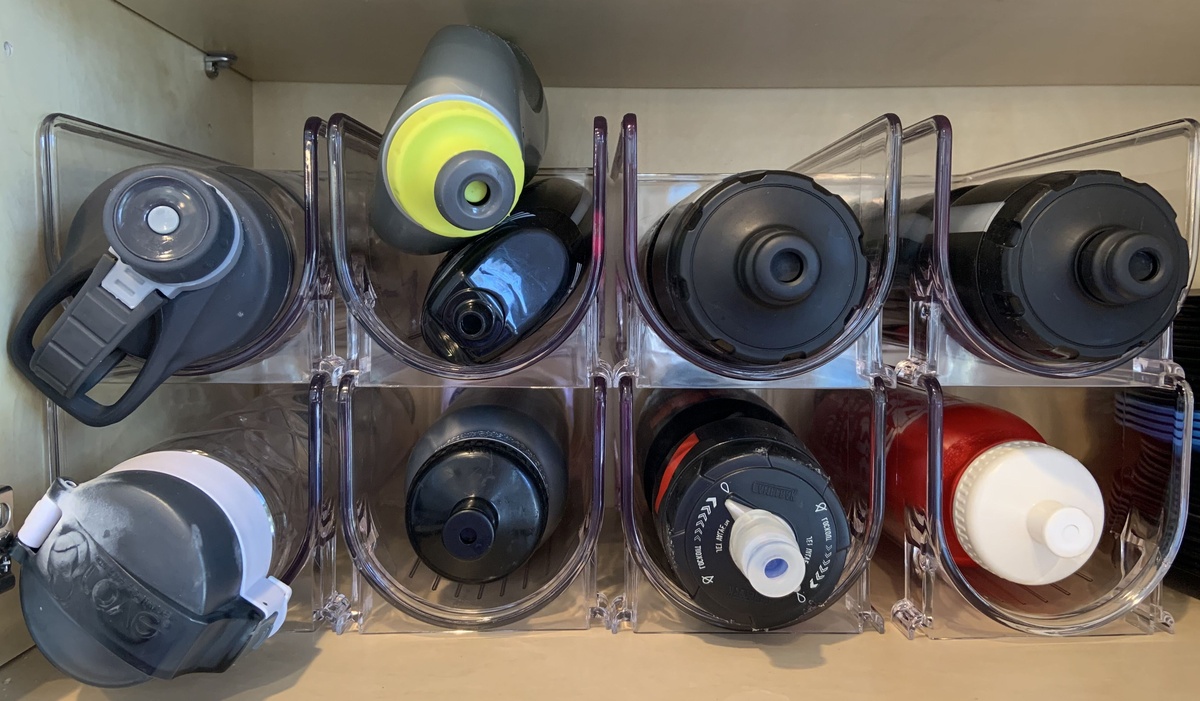
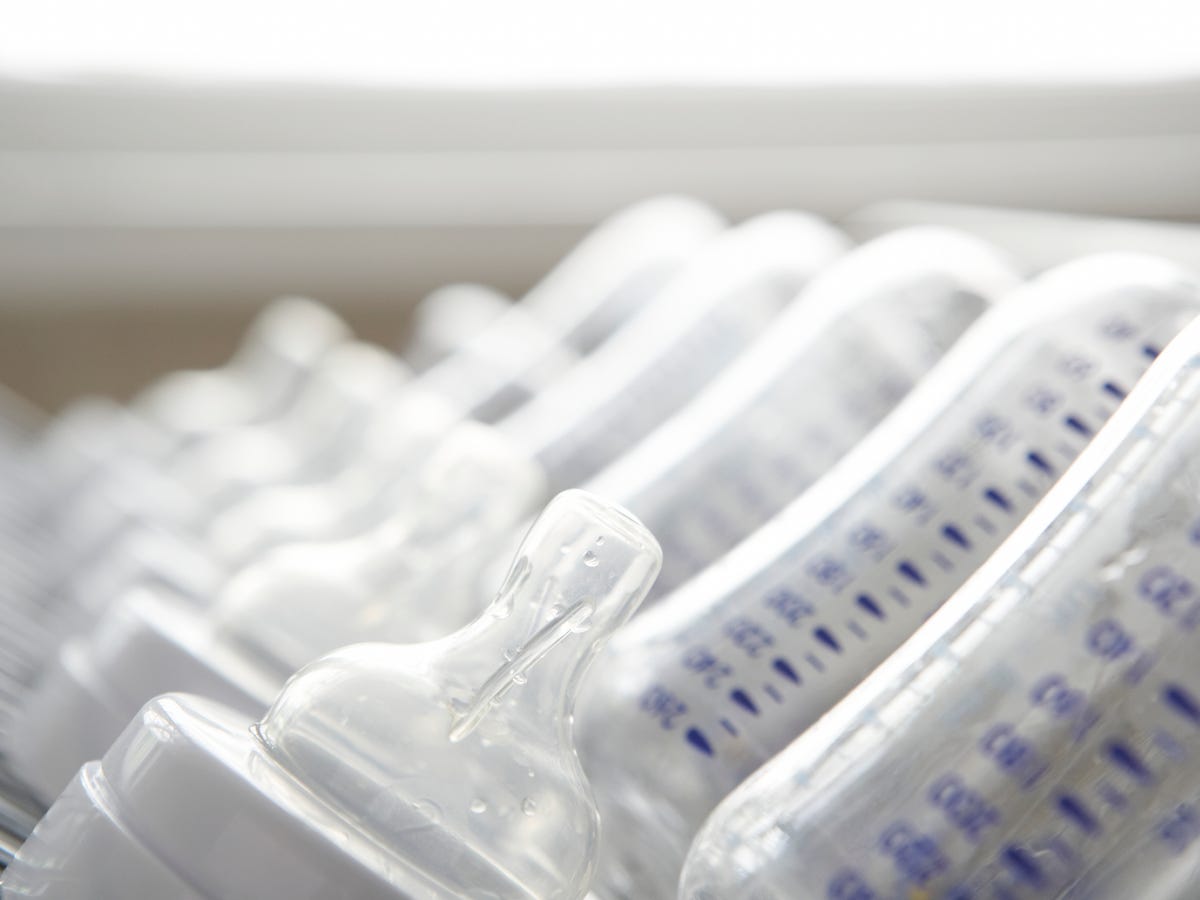
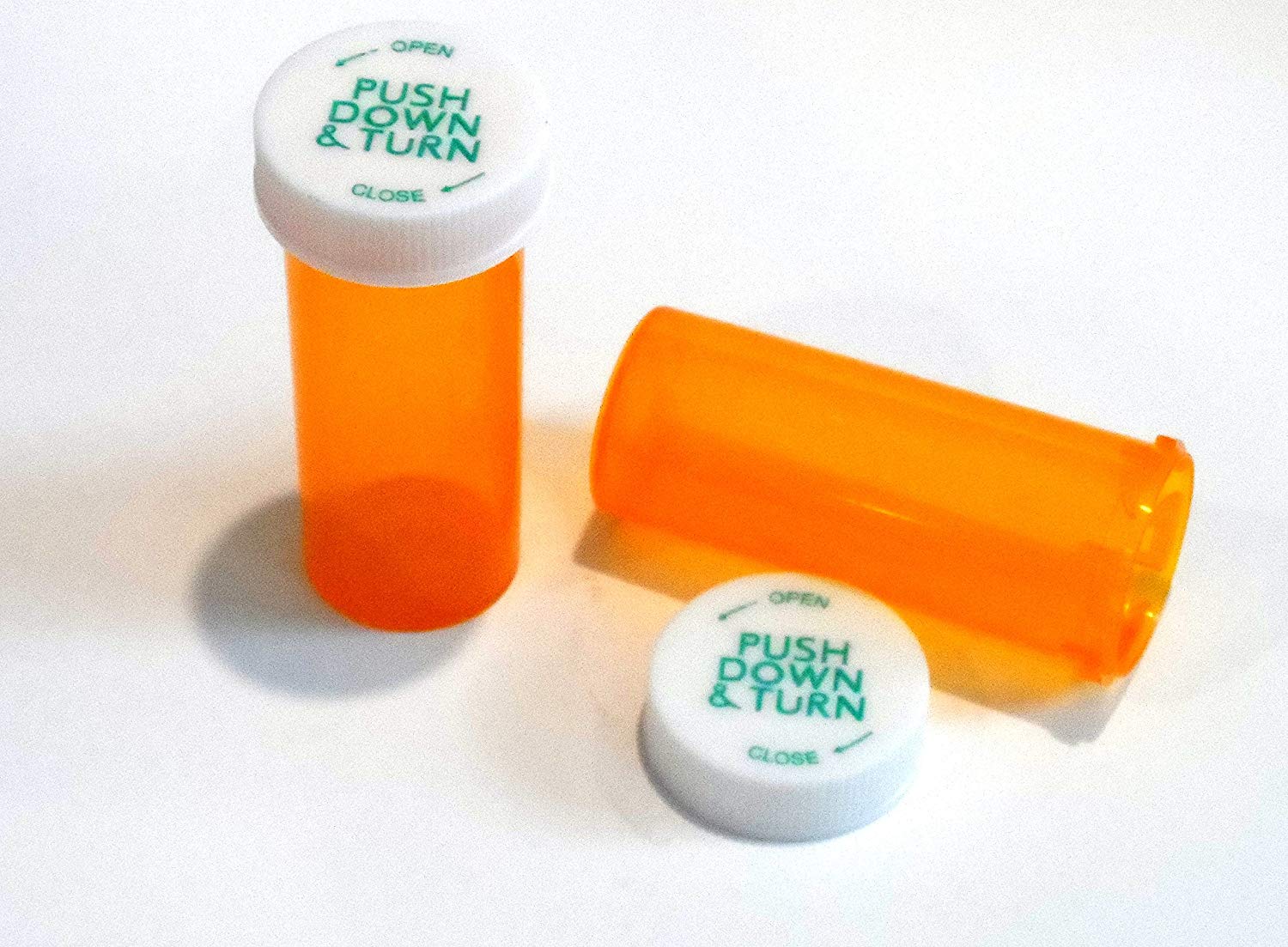
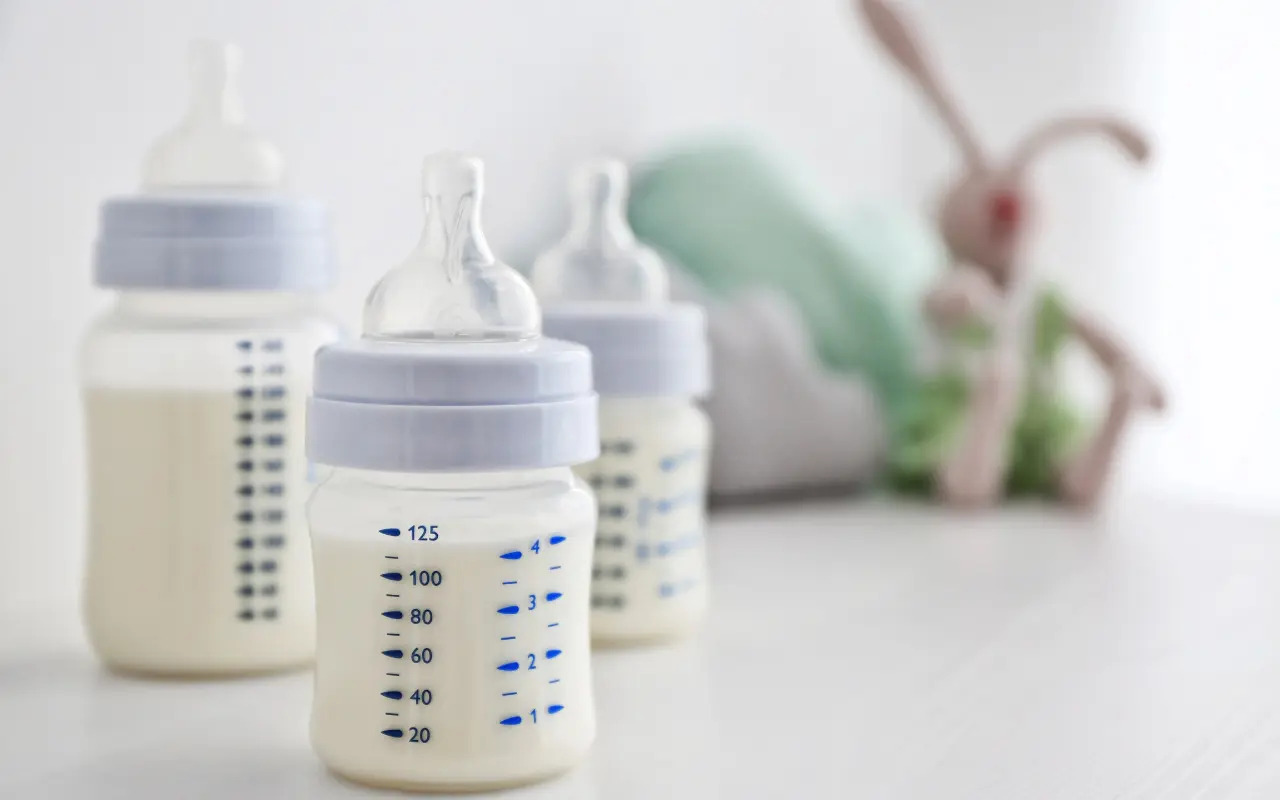
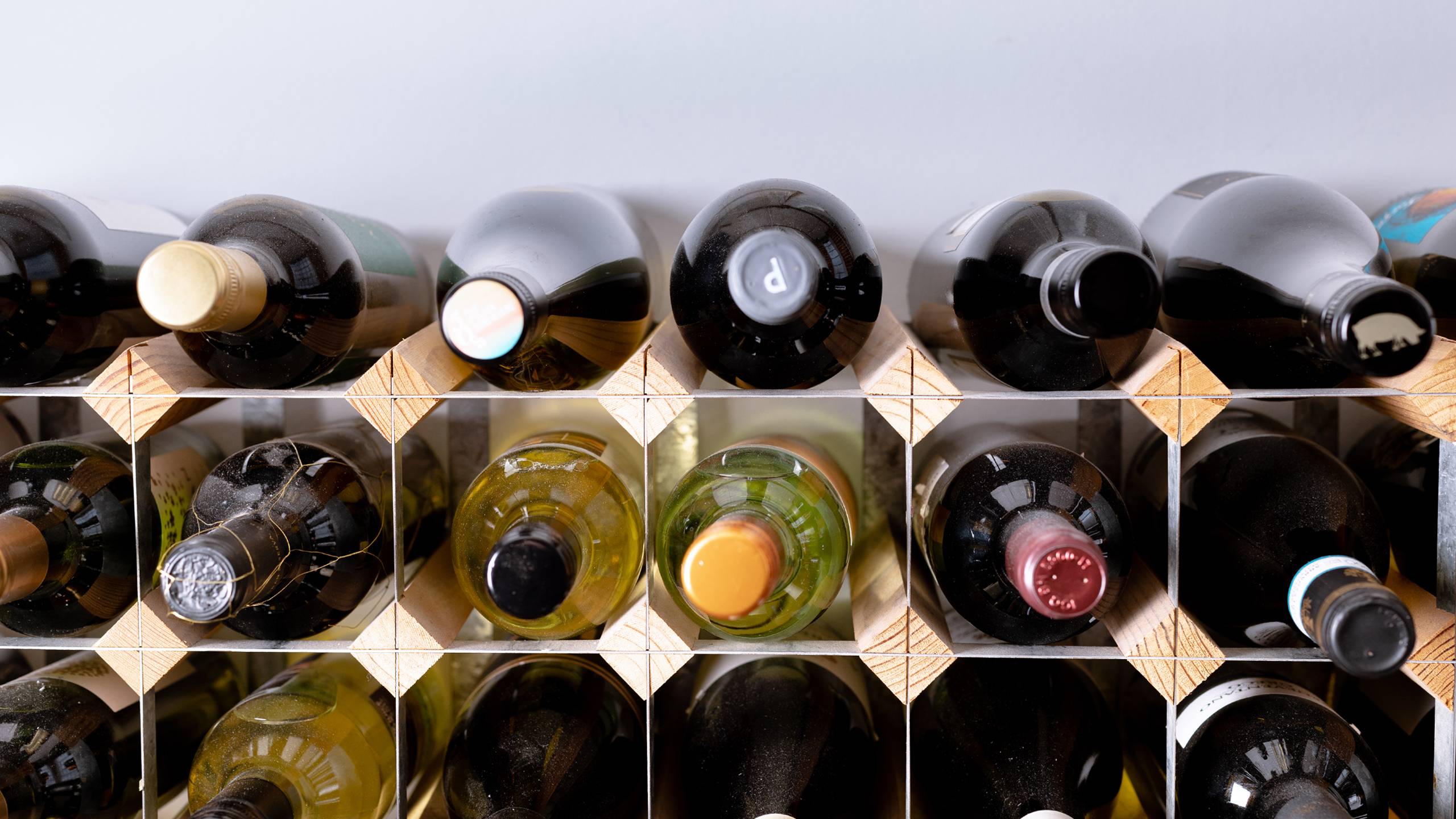

0 thoughts on “How To Store Plastic Water Bottles”